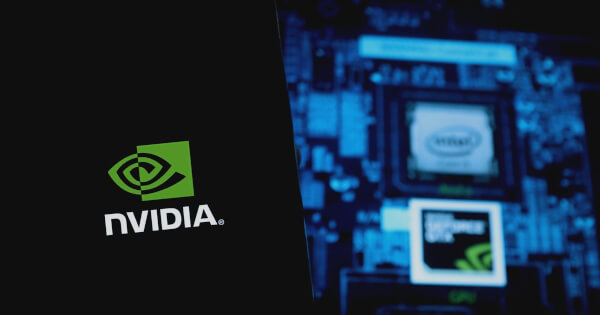The Future of AI: Workforce Development as a Pillar of Progress
By Ted Hisokawa
November 25, 2024
As we sail deeper into the uncharted waters of the Fourth Industrial Revolution, artificial intelligence (AI) stands out as a beacon of transformative change. Louis Stewart, head of strategic initiatives for NVIDIA’s global developer ecosystem, recently highlighted a crucial aspect in the discourse around AI: workforce development. According to Stewart, the future of AI isn’t just about advancements in technology; it’s about cultivating a workforce that can thrive in this digital age.

AI Education: From K-16 and Beyond
Stewart emphasizes the urgent need for AI education at every level—from kindergarten through post-secondary institutions. With the job landscape rapidly evolving, equipping students with AI knowledge is no longer optional; it’s a necessity. In Gwinnett County, Georgia, for example, a comprehensive K-16 AI curriculum has been successfully implemented. This initiative aims to transition students from mere users of technology to creators and innovators, thereby enhancing their employability in a competitive market.
At Extreme Investor Network, we understand that education is the first step in unlocking a nation’s potential. By promoting early exposure to AI concepts and tools, we can inspire the next generation to not just adapt but to lead in technological advancements.
Inclusivity: A Non-Negotiable
Stewart also emphasizes that workforce development should extend beyond formal education. From his experience as Sacramento’s chief innovation officer, he outlines the importance of inclusivity in technological progress. It’s vital that all community members understand and are able to navigate AI innovations, particularly as new skills are needed in an AI-driven economy.
At Extreme Investor Network, we are committed to facilitating access to AI education in underserved communities. A strategically designed local initiative can empower individuals, ensuring that nobody gets left behind in this digital transformation.
Diverse Approaches to AI Implementation
Stewart showcases the varied strategies employed across the United States to implement AI workforce development initiatives. One standout example is NVIDIA’s collaboration with California, wherein they aim to train 100,000 individuals in AI skills over the next three years, synthesizing efforts from community colleges and universities. Similarly, the Mississippi Artificial Intelligence Network (MAIN) is paving the way for state-wide efforts, partnering with educational institutions to enhance AI literacy and adaptability in the workforce.
At Extreme Investor Network, we believe that public-private partnerships are vital for crafting tailored solutions that address local needs. By bringing stakeholders together, we can ensure that training programs contribute effectively to economic growth and job creation.
Embracing Technology for a Brighter Future
Stewart advocates for individuals and businesses alike to engage proactively with AI technologies. He cites practical tools like ChatGPT, which small businesses can utilize to enhance their operations. By collaborating with local schools, businesses can not only transform their processes but also inspire students to create real-world AI solutions, providing them with invaluable experience.
The Call to Action
In the race towards an AI-driven future, the most urgent message conveyed by Stewart is clear: workforce development is pivotal. We must collectively adapt to ongoing changes—both in research and practical applications—to navigate a world increasingly dominated by AI technologies.
At Extreme Investor Network, we’re dedicated to bringing valuable insights and opportunities to our community. As we look toward this new frontier, we invite you to join us in embracing technology and forging a path forward together.
For deeper insights into the significance of AI workforce development, tune in to NVIDIA’s latest AI Podcast featuring Louis Stewart.
Image source: Shutterstock

